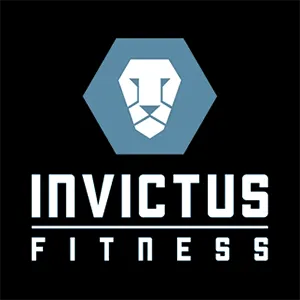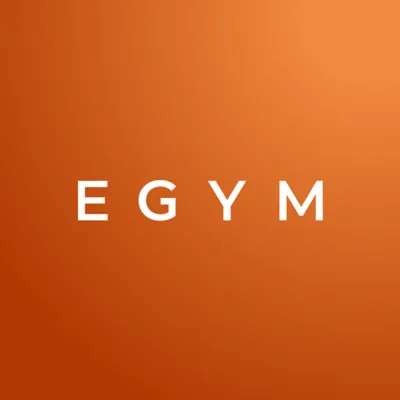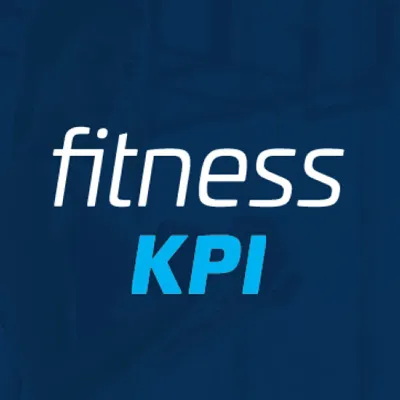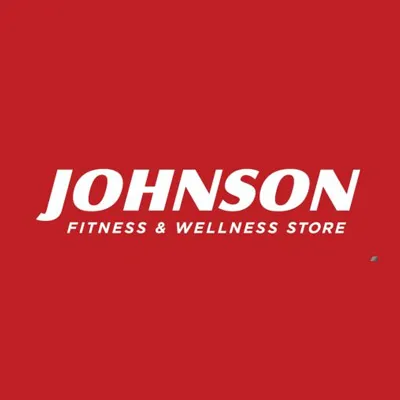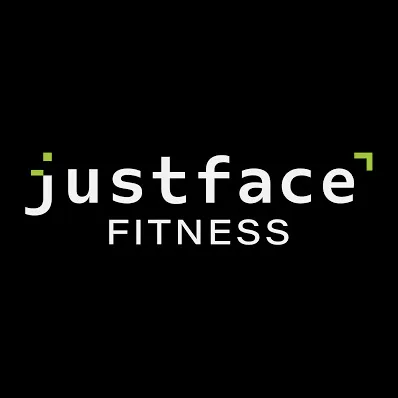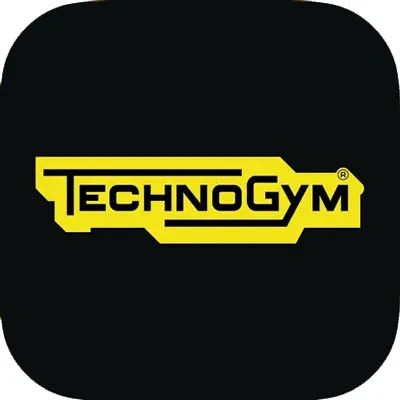Gym Management Software
The Heart of Your Fitness Enterprise Beats Here
Managing multiple gyms has never been easier! Keep your business thriving with powerful software that maximizes efficiency, drives innovation and fuels success.

Achieve Operational Excellence
Streamline processes, eliminate waste and boost efficiency at every level.
Boost Member Retention
Turn casual customers into dedicated advocates with effective retention strategies.
Maximize Your Revenue Potential
Uncover new revenue opportunities and increase your bottom line.
Powering the Most Successful Clubs Worldwide

Optimize Processes with Global-Ready Software
From automated workflows to centralized management, everything you need to run a smooth, successful fitness enterprise is at your fingertips.
-
Simplify routine tasks and reduce manual errors with advanced automation
-
Manage all your locations from a single, intuitive platform
-
Easily adapt to growing operations and new market expansions

Build Your Own Business Ecosystem
Elevate your business with access to a wide range of tools and services that complement and enhance your existing software.
-
Tailor integrations to fit your specific business needs
-
Incorporate features that improve member satisfaction and retention
-
Stay ahead with access to the latest technologies and services in the industry

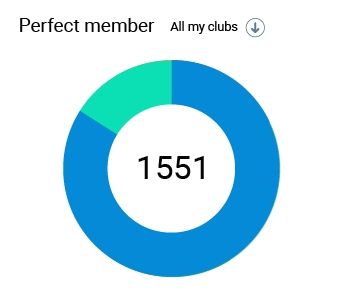

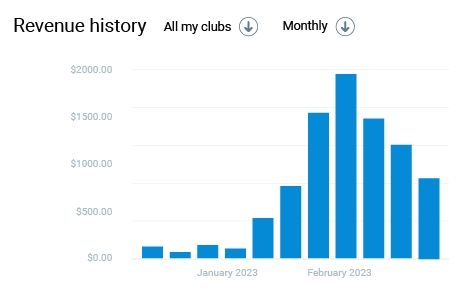
Drive Success with Reliable Analytics
Gain deep insights into your operations, enabling you to make informed decisions that propel your enterprise toward sustained success.
-
Understand member behavior and preferences
-
Monitor and analyze revenue streams, costs, and profitability
-
Identify areas for improvement and optimize your processes

08:00
Tabata
Perfect Gym Crew
45 minutes

Dominica Walthers
Fitness coach
Perfect Gym Solutions For Every Area of Your Business
Club Management
Streamline your operations with tools designed to optimize efficiency.
- Centralized Facility Management
- Class & Staff Scheduling
- Real-Time Reporting
Sales & Marketing
Boost your revenue with powerful tools that drive membership growth and retention.
- Targeted Marketing Campaigns
- Comprehensive Lead Management
- Performance Analytics
Financial Services
Robust solutions for simplifying billing and enhancing financial management.
- Automated Billing
- Debt Collection Services
- Financial Forecasting
Member Engagement
Increase member satisfaction and retention with personalized, interactive tools.
- Self-Service Tools
- Personalized Communication
- Loyalty Program
Open Platform Integrations
Expand your platform's capabilities with our powerful partner network.
- Industry-Leading Integrations
- Ever-Evolving Ecosystem
- Top-Notch Open API
Ready To Thrive with Us?
Discover how our innovative solutions can elevate your business. Request a demo today and see the difference firsthand. Let's grow, together!










